Romantik Blog
Room for new things, room for experiments
Everything different, everything new. Rational simplicity instead of new-fangled extravagances. Clear geometry instead of playful forms. A motto of Bauhaus architecture is: light, air and sun. Large glass surfaces, white facades, cubic forms symbolise the new clarity and openness of the design philosophy. At the Bauhaus, founded in Weimar in 1919, art and craft were united, and ideas, designs and models were created in the workshops that had to be functional, of high quality and affordable. From teapots to wallpaper to finished houses - people were to be surrounded by harmony and honest craftsmanship in their living spaces. The supporting pillars of the Bauhaus style are the materials stone, wood, metal, fabric, paint, glass and clay. The goal: to develop independent prototypes in the workshops that could be marketed together with large manufacturers.
Something new emerges
In 1919, the world was in upheaval, the war was over, the empire was gone, democratic republics were emerging in Germany and Austria. These changes were also reflected in the message of the designs: away with the pompous, overloaded designs. Look forward, dare something new, use new materials.
Material: tubular steel
Famous example: The revolutionary Bauhaus chair B5. Instead of four legs and an upholstered seat, as had been customary up to then, it had a tubular steel frame connected with leather strips as seat and backrest. Because the Bauhaus painter Wassily Kandinsky liked it so much, it was later called the Wassily Chair. A classic that is still reproduced in many variations today.
Move to Dessau
Because funding was cut, the Bauhaus moved to Dessau in 1925. A sensational school building was erected there (now a World Heritage Site). In 1928 Gropius resigned as director, and from 1930 the architect Ludwig Mies van der Rohe headed the Bauhaus. In 1931, the NSDAP won the municipal election and enforced the closure of the school.
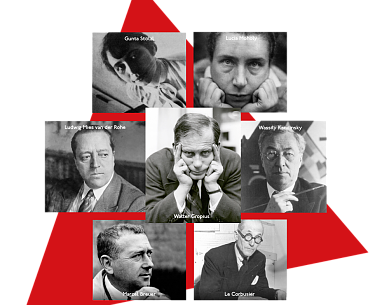
The most important Bauhaus heads
The founder and his team
He is considered the inventor of the Bauhaus: Walter Gropius (1883-1969). The architect and son of a Berlin privy councillor was appointed director of the newly established State Bauhaus in Weimar in 1919. His guiding principle in the manifesto: Architects, sculptors, painters ... we must all return to the craft. Gropius managed the feat of winning over some of the most important artists of his time as teachers: the painters Paul Klee and Wassily Kandinsky, the sculptor Oskar Schlemmer, the photographer László Moholy-Nagy or the designer Marcel Breuer, who invented the famous B5 cantilever chair.
Even though the founding of the Bauhaus took place at a time when women were also on the rise, the female gender was only marginally represented among the male members of the Bauhaus. Yet there was a strong female influence: Gunta Stölzl, for example, founded the weaving class and became famous for her work. The same goes for the Bauhaus photographer Lucia Moholy and the designers Marianne Brandt and Alma Siedhoff-Buscher.
Successful without limits
Bauhaus conquers the world
100 years of Bauhaus, 100 years of inspiration! Founded in 1919, the Bauhaus only existed for 14 years, but even after its closure, the success story continued - this time internationally!
Many Bauhäusler emigrated abroad to continue their work, especially in the USA. In 1937, Walter Gropius became the director of the influential Harvard School of Design, where he was able to further develop his ideas. His colleague Mies van der Rohe built the famous "Federal Center" in Chicago and designed the legendary "Seagram Building" in New York in 1950. Their old comrade-in-arms László Moholy-Nagy continued the Bauhaus concept as the New Bauhaus in Chicago from 1937.
From Tel Aviv to Brasilia
Witnesses to this clear, functional style can be found all over the world. From 1930 onwards, emigrated
Jewish Bauhaus architects built the so-called White City in Tel Aviv, the world's largest Bauhaus-style ensemble with over 4,000 buildings and a UNESCO World Heritage Site since 2003.
In Nigeria, Bauhaus student Arieh Sharon designed the country's largest university in Ile-Ife, which offers space for 35,000 students. The German Pavilion was built in Barcelona, the "Red Banner" textile factory in St. Petersburg. Asia, Africa, America - witnesses of the Bauhaus style can be found everywhere. Even in the planning of the Brazilian capital Brasilia (built between 1957 and 1964) by the architect Oscar Niemeyer, many Bauhaus elements can be found in the modern cityscape. And someone else was enthusiastic about the clear design language. Apple founder Steve Jobs described the Bauhaus as one of the greatest influences in the design of his products.
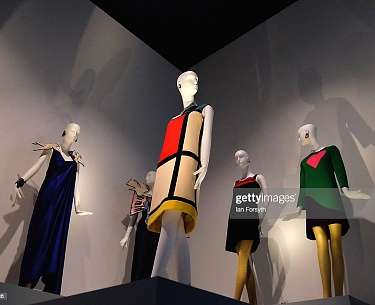
Bauhaus classics
They are functional, timeless and are still being produced under licence. On this page we show you seven design classics of the Bauhaus era.
Mondrian dress
Fashion designer Yves Saint Laurent made it famous in 1965: Mondrian dress in the Bauhaus style. It got its name because its design is based on the style of the Dutch artist Piet Mondrian, who worked closely with the Bauhaus.
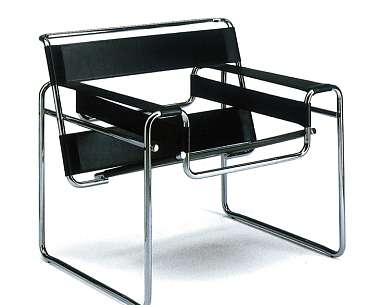
Wassily Chair
Tubular steel with leather upholstery - the armchair designed at the Bauhaus in 1925 went down in history as the Wassily Chair. (knoll.com, approx. 2,300 euros)
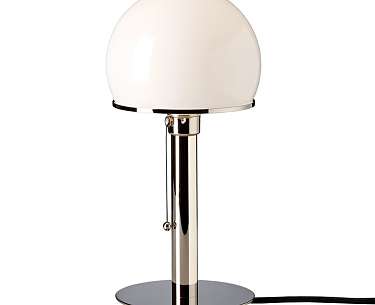
Legendary lamp
The famous WA 24 table lamp was designed by Wilhelm Wagenfeld in 1924 at the Bauhaus in Weimar. (Prediger.de, approx. 420 euros)
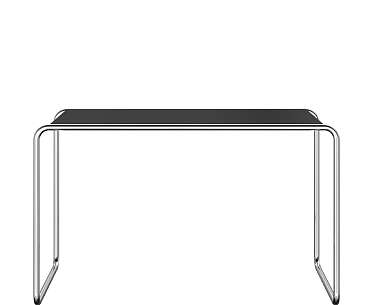
Tubular steel desk
Simple and functional: the top of the Bauhaus S 285 desk is supported by a tubular steel frame. (chairgo.de, approx. 1,200 euros)
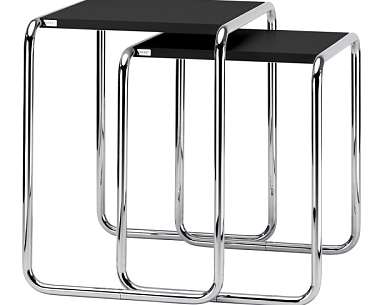
Flexible set table
Designer Marcel Breuer discovered tubular steel for himself. In 1925, he designed the B 9 set table, which is also available as a four-piece set that can be pushed into one another. (cairo.de, approx. 2,300 euros)

Teatime
Marianne Brandt, head of the Bauhaus metal workshop, designed the MBTK 24 teapot in 1924 (tecnolumen.de, approx. 8,000 euros).
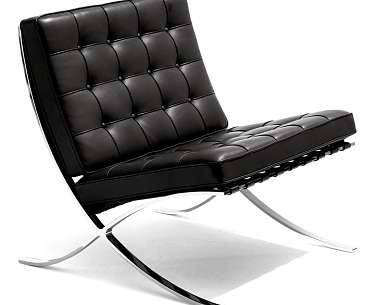
Barcelona armchair
Ludwig Mies van der Rohe created the Barcelona armchair in 1929 for the German Pavilion at the World Exhibition in Barcelona - a milestone of modern design.(knoll.com, approx. 6,000 euros)
Post your comment
Comments
No one has commented on this page yet.
RSS feed for comments on this page RSS feed for all comments



